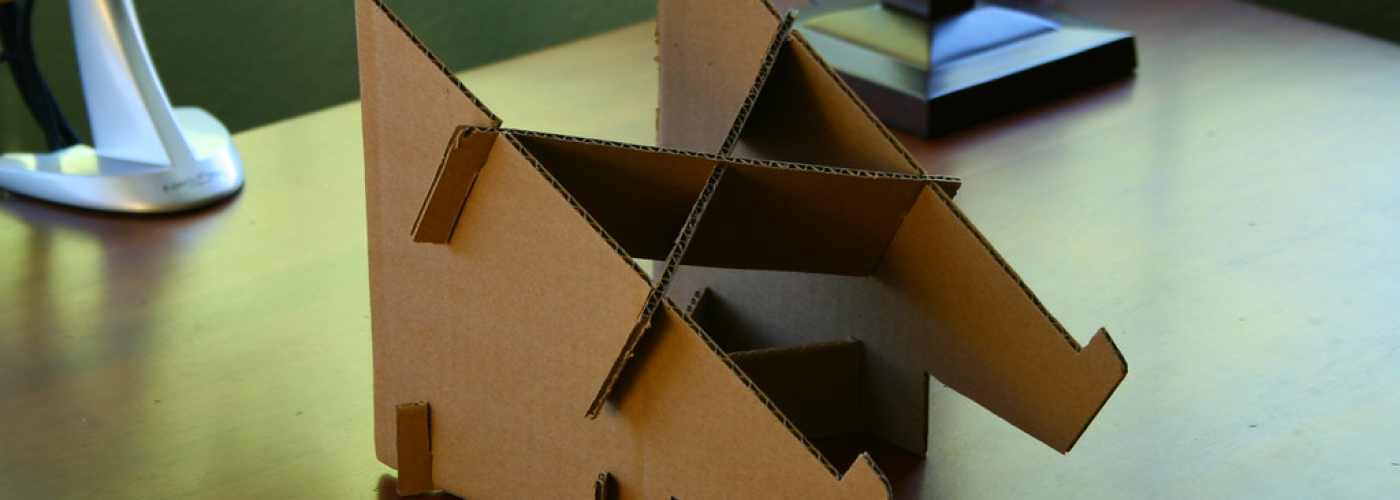Do-it-yourself is the slogan for many homeowners. With the rising cost of materials, people are more interested in spending their money navigating the list of new UK slots and fixing up their homes themselves. Whether it’s a money issue or just for the fun of the DIY, doing it yourself should also mean doing it safely.
Safety Precautions For a DIY Project
Working on a home renovation DIY project is not as easy as launching the Who Wants to be a Millionaire game on your favourite casino site. You’ll need a guide and the right tools for the perfect project. The tips below are the health and safety precautions you require while navigating the gamble of DIY home renovations.
Take Notice of Your Surroundings
Your environment matters a lot during your DIY project. Focus on lighting, ensuring you can see clearly to prevent mistakes and reduce the risk of hazards. Clean up as you go, removing tools and materials so you don’t slip or trip. Cover or remove your furniture to prevent dust into the fabric.
Wear Appropriate Gear
The first step to safety is protecting yourself with the right gear. Begin with your protective overalls, helmets, and the right gloves for the task. If you are spraying, you require a respirator, ear muffs, and safety glasses for sawing. A sturdy pair of work boots is ideal, as a barrier against punctures. Wear fitted clothes and keep your hair out of your face.
Use the Right Tool for the Job
Don’t just jump into work without picking out the right gadgets. We know you’re not being paid, but using the appropriate tool is the only way to do the job. Invest in safe tools that are in good condition. Avoid broken handles, chipped blades, and missing parts to prevent safety hazards. Read the user manual and follow instructions when assembling and using the tool.
Ensure All Blades Are Sharp
You’ll use a few blades in your renovation project, but have you considered the safety aspect? Don’t get cut up on how counterintuitive it sounds. The sharper the tools are, the safer they’ll be. Remember to cover your bases, chisels, hand saws, utility knives, hand planes, circular saws, table saws, and mitre saws. The sharper the blades, the easier cutting through wood will be.
Don’t Ignore the Hand Tools
You’ll probably think that safety only matters for power tools, but that is far from the truth. Hand tools can just be as hazardous, if not more so, because users tend to neglect the dangers associated with using them. Apply the same caution you will give to your power tools. All machinery should be associated with the same level of danger, irrespective of whether they have a power cord, battery, or handheld.
Maintain Proper Footing
You’ll likely need to increase your height while you work on your DIY project. Ensure you use ladders and not stools or paint buckets to get up. Your balance is incredibly important, so tread carefully during your projects. Whether you are on or off the ground, be careful while handling tools.
Use Guides and Guards
Read the guides and follow instructions before using any tools. You may think reading the guides would take time, but they’ll save you more time in the long run. Some tools have retractable blades, and others need to be positioned, probably for the right cut. Using the guards would ensure you can work safely. While they may be annoying, learn to work with them. They are there to protect you from any hazards.
Fatigue Can Be an Issue

It is normal to get tired during your project, especially if it’s a big one. The beauty of a DIY is that you aren’t paying by the hour. You’re not paying at all. Take time to rest between the job. Take some hours off or a day, as the case may be. You’ll perform better and make less mistakes when you are well-rested. Take a break and play a fun casino game for a change. Eat and ensure you are well-hydrated before commencing your task for the day. It won’t do you any good to pass out, especially while operating a tool.
Staying Safe & Healthy While Renovating
When you’re ready to get your DIY groove on, ensure you take your time. It’s not about how fast, but how well. Don’t rush to finish, or else you may leave screws unfastened or tools in the way. You should also take on only the tasks you can do safely from start to finish. Remember, it’s okay to seek help when you need it. Just ask.





